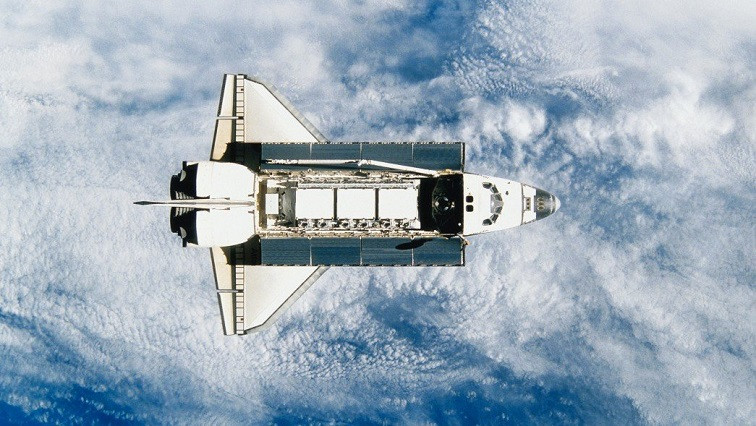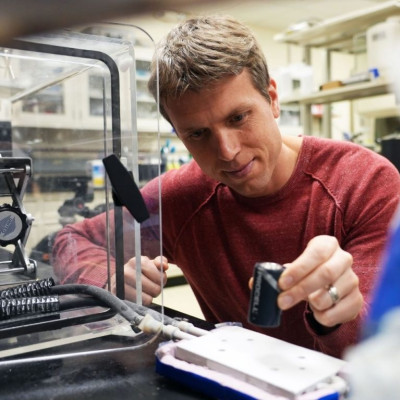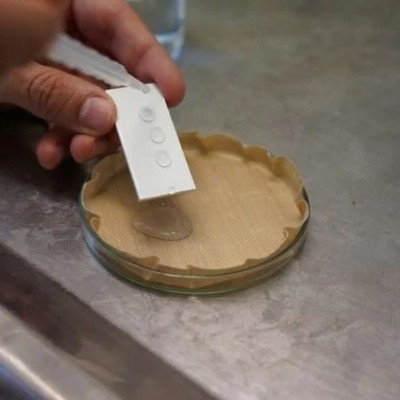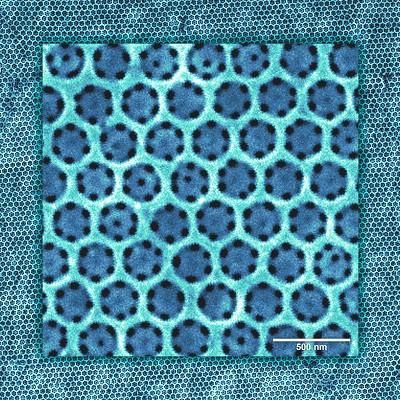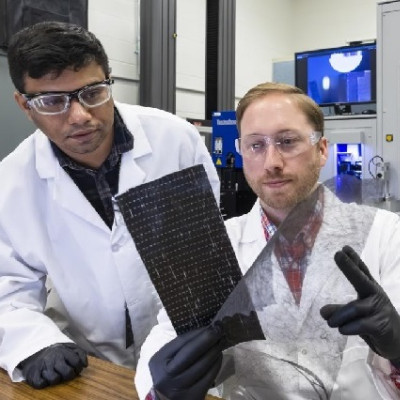Atomic oxygen (O) is created when O2 molecules break apart, a process made easier in space because of the abundance of ultraviolet radiation. Atomic oxygen then reacts with organic surfaces on spacecraft and degrades them. Engineers from Airbus and the Advanced Technology Institute have developed a nano-barrier and custom-built deposition system that bonds to the surface of polymer or composite materials, protecting them from the erosion caused by atomic oxygen.
The new cutting-edge nano-barrier allows for large-area, conformal coating on complex 3D structures such as spacecraft and optical mirrors. This eliminates the risk of contamination and the need to wrap instruments with multi-layer insulation, opening up opportunities to increase satellite performance.
Christopher Hess, Head of Microwave Instruments at Airbus Space Systems, said: “This breakthrough technology is an enabler for extremely agile, high performance space borne radar missions. It should have a huge positive impact on overall mission performance by offering higher flexibility in the acquisition as well as increasing the possible imaged area – giving our instruments greater performance.”
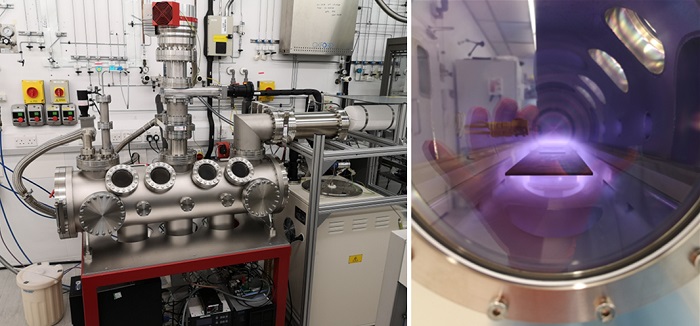
Airbus nano barrier coating facility at the University of Surrey.
In a paper published by the scientific journal ACS Applied Materials & Interfaces, engineers showed how they have constructed the multilayer stack to overcome several issues previously reported in space, like coefficient of thermal expansion mismatch or surface undercutting erosion, as a result providing a complete nano-barrier protection for advanced polymeric and composite materials in LEO.
By applying a combination of a buffer and highly-dense amorphous layers the thermal cycling and intrinsic stress effects are reduced. This enables moisture and outgassing protection in tandem creating a dimensionally stable platform, and thereby preventing material degradation. Further oxide nano-layers are used to both enhance atomic oxygen/UV protection and simultaneously improve thermo-optical properties of the substrates by controlling the optical band gap of the entire nano-barrier stack. This effectively facilitates radiative cooling by minimising the heat that could be built-up on the surface and degrade materials.
The new deposition system built by Airbus and Surrey’s Advanced Technology Institute, ensures a complete conformal coverage of the nano-barrier at room temperature, so sensitive polymeric and composite materials can be coated without approaching their glass transition temperatures.
The teams from Airbus and Surrey’s Advanced Technology Institute are now working on the next stage leading to industrialisation of the coating to enable the first LEO missions to be treated from 2022.
Read the original article on Satellite Evolution.

